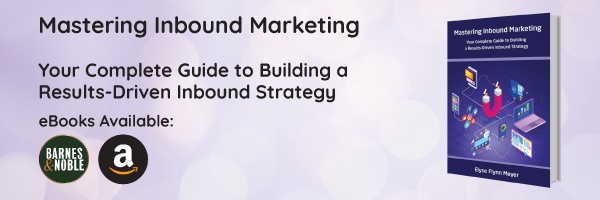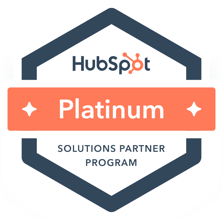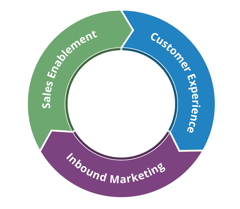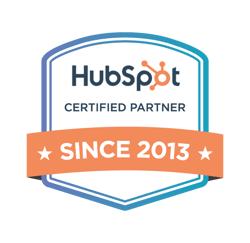Forms on your landing pages and website are among the most important factors to consider when building your conversion strategy. Forms are how a prospect submits their information to your organization. You don't want to ask too many questions that it deters them from filling out the form, but you also don't want to ask too few questions that your sales team doesn't have enough information to follow up on. It's a delicate balance to determine the most optimal form for your prospects while customizing the form fields to capture all the prospect information your sales team needs. The following are several ways to engage your visitor and personalize the experience on a form. This ranges from gathering more data about your prospect based on where the individual is in the buyer's journey, how they have engaged with your company in the past, and much more.
-
Progressive Profiling: This allows you to make your forms smarter and more efficient. If the prospect filling out your form has already filled out a form on your website in the past, you may already have some of their information. For this prospect, you can start to display another form field in its place to gather more relevant information. For example, if you already have the first and last name of the person, you can then ask them for their phone number or another field that benefits your sales team. Over time, you will learn more about your contacts without asking them the same questions or asking for too much information before building brand trust.
-
Dependent Fields: This is a great way to gather information based on what the visitor is filling out on your web form at that exact moment. For example, you may have an optional field on your forms asking if the visitor wants to subscribe to your blog while downloading a content offer. A dependent field allows you to display another related form field based on how that visitor answers a specific form question. If the visitor checks the box to subscribe, you can display a drop-down asking how often they want to receive the blog (daily, weekly, or monthly). And if the prospect doesn't check the box, you simply allow them to move forward with downloading the content offer, and no other form field displays. Dependent fields ensure that your forms are not visually overwhelming when a visitor first views your landing page.
-
Multi-Page Form: This may seem counterintuitive to create a form that is multiple pages; however, if you have a lot of data to capture, this can help make the process feel visually less overwhelming than having the form all on one page. This will be an option if you need to gather a lot of information from someone to start a trial of your product, a pre-consultation survey, and more. If you do this, ensure the process is seamless and quick to move between the pages/forms to the next step in the journey for your prospect.
As you can see, quite a bit goes into your conversion strategy to drive leads for your organization. Once you build a few lead conversion offers leveraging forms, landing pages, pop-ups, and calls-to-action, the conversion optimization process will become more standardized. This process will also start to become a regular part of your lead generation strategy. It is essential to make sure you use the tools available to you and continue to test and optimize to maximize your content's value.
Are you looking for ways to optimize your inbound strategy? The "book "Mastering Inbound Marketing: Your Complete Guide to Building a Results-Driven Inbound Strategy," written by Elyse Flynn Meyer, Owner & Founder of Prism Global Marketing Solutions, covers every aspect of the inbound marketing methodology, including the revenue generation trifecta of marketing, sales, and the customer experience. Check out the book to see how to most efficiently and effectively develop, implement, and maintain your inbound strategy.


__Square.png?width=250&height=250&name=Marketing_Hub_(1)__Square.png)




.png?width=250&name=diamond-badge-color%20(1).png)
